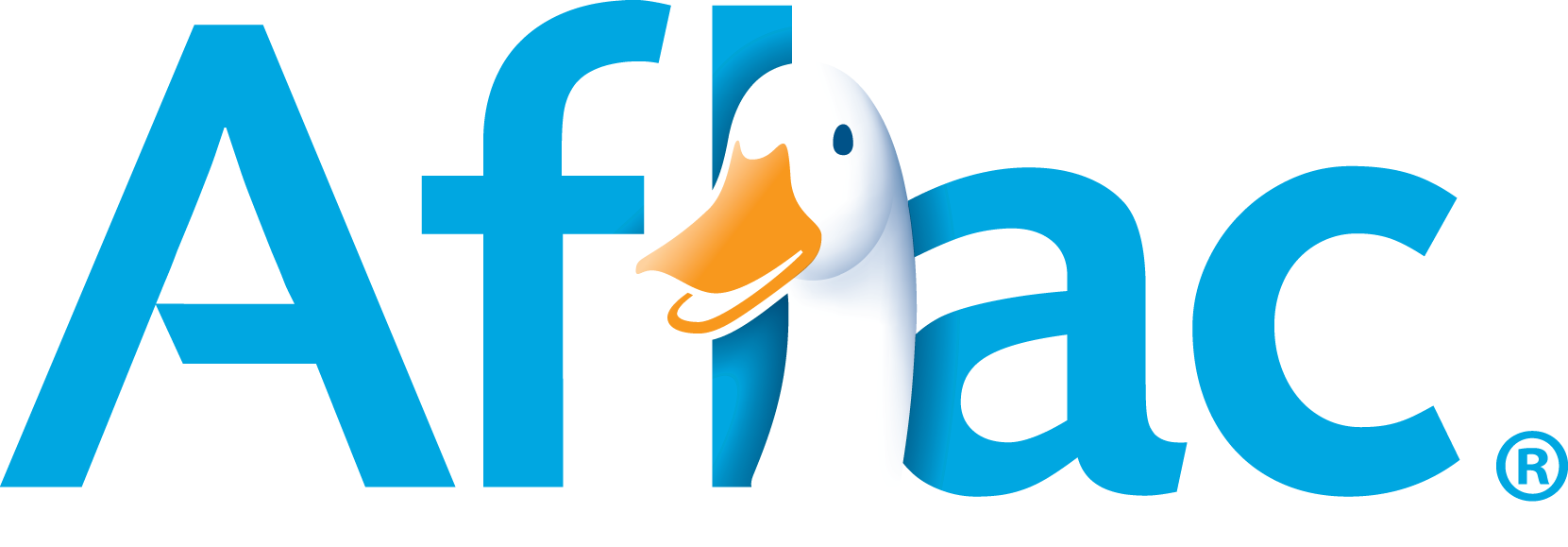How Aflac Is Winning at Employee Retention and Getting Workers Back to the Office: On-Site Doctors, Therapists, and Childcare

By Amber Burton, Paolo Confino
Originally published on Fortune
Think about the buzziest tech workplaces. What perks come to mind? Perhaps kombucha fountains and foosball tables. Now think about the corporate benefits of the past. What comes to mind? Perhaps an on-site fitness center or health care clinic. For Aflac, these traditional benefits have been most helpful in attracting, retaining, and engaging new hires who value perks that create ease over splashiness.
The insurance firm has also found that adding more benefits that require its 12,000-person workforce to come into the office to take advantage of them is, well, a great way to entice employees back to the office. It's a strategy that CHRO Matthew Owenby admits might sound "old school" to some.
This interview has been edited and condensed for clarity.
Fortune: There's often a knowledge gap when it comes to benefits. How do you close that for employees?
Matthew Owenby: HR people should do better. It's one thing for me to say, 'Hey, I've given you a benefits handbook, and I put it online, so my work is done here.' Wrong. Most people in the workplace spend less than 30 minutes a year determining what their benefits are going to be. They spend far more time searching for a vacation than they do on something that not only affects their financial stability but, in a post-COVID world, can be a financial exposure. It's the job of the HR organization to ensure that this is as important as getting your taxes right.
You're missing the point if you're waiting for annual enrollment in September to talk about benefits. And you're also not allowing yourself as an employer to use the benefits as another reason to retain your employee base.

